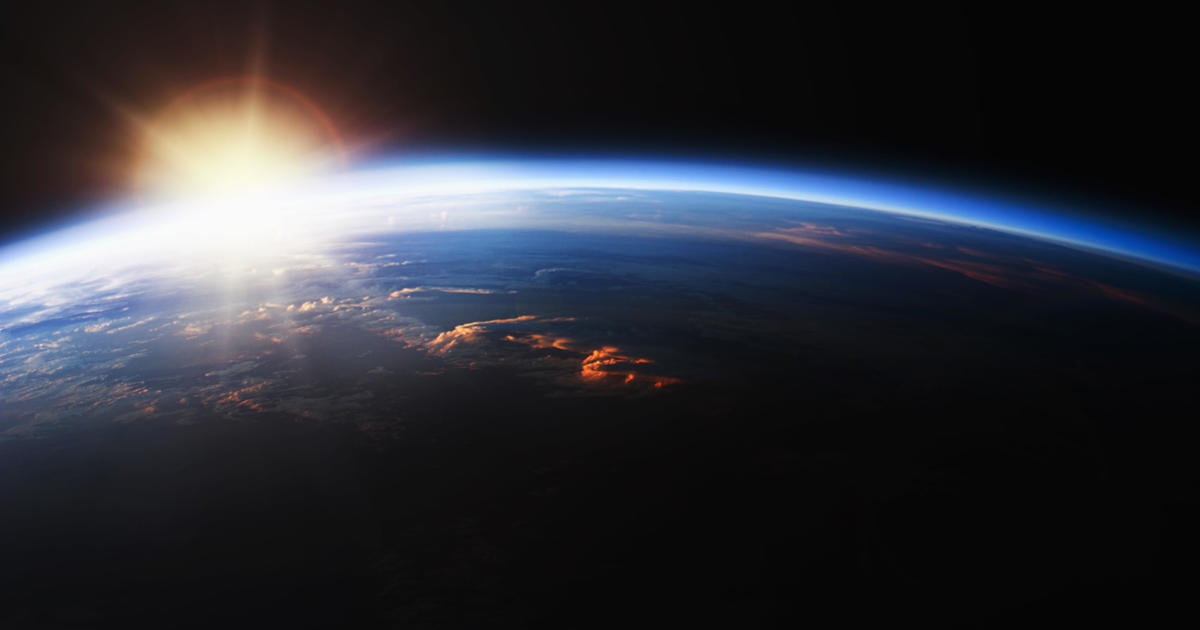On January 2, 2021, Earth is closer to the sun It is in its elliptical orbit more than any other day of the year, on the occasion of an annual event known as perihelion.
The word perihelion is translated from ancient Greek, which means “near the sun.” to me EarthSkyThe Earth was expected to hit rock bottom on Saturday morning at 8:51 a.m. ET.
the sun Around 3% larger in the sky on a Saturday – not enough to be noticeable to the naked eye. Remember: you should never look at the sun without proper eye protection, and sunglasses are not a sufficient substitute for sunglasses.
Earth’s orbit is not a perfect circle, which means that sometimes the planet is a little closer to our star, and sometimes it is further away. The distance varies by approximately 3 million miles throughout the year – nearly 13 times the distance from Earth to the Moon.
Perihelion also represents the moment when the Earth is moving the fastest in its orbit around the sun. The planet is currently racing around the Sun at nearly 19 miles per second – about 0.6 miles per second farther than it was when it reached its farthest point from the Sun in July.
“If you run east in the local midnight, you will move as fast as possible (at least in heliocentric coordinates) for your location,” NASA said.
For this reason, summer in the Northern Hemisphere lasts about five days longer than winter, according to EarthSky. The opposite is true in the southern hemisphere.
Although sunlight is more intense on Saturday, winter in the northern hemisphere is unaffected, due to the tilt of the Earth’s axis by 23.5 degrees. Approaching the sun does not change the tilt of the earth, so the north pole is still tilted further away from the sun.
Six months from now, on July 5th, the Earth will be farthest from the sun, known as apogee, which means “away from the sun.” At perihelion, the Earth is about 91.5 million miles from the sun, and at aphelion, it is about 94.5 million miles.
Between perihelion and aphelion, there is a difference of about 6.7% in the intensity of sunlight when it hits our planet. According to NASA, this is one of the explanations for the more extreme seasons in the Southern Hemisphere compared to the Northern Hemisphere.
Perihelion is not the only celestial event this weekend. From Saturday night to Sunday morning it also marks a climax Quadrant meteor shower – From the best of the year.

“Appassionato di alcol. Piantagrane. Introverso. Studente. Amante dei social media. Ninja del web. Fan del bacon. Lettore”.

